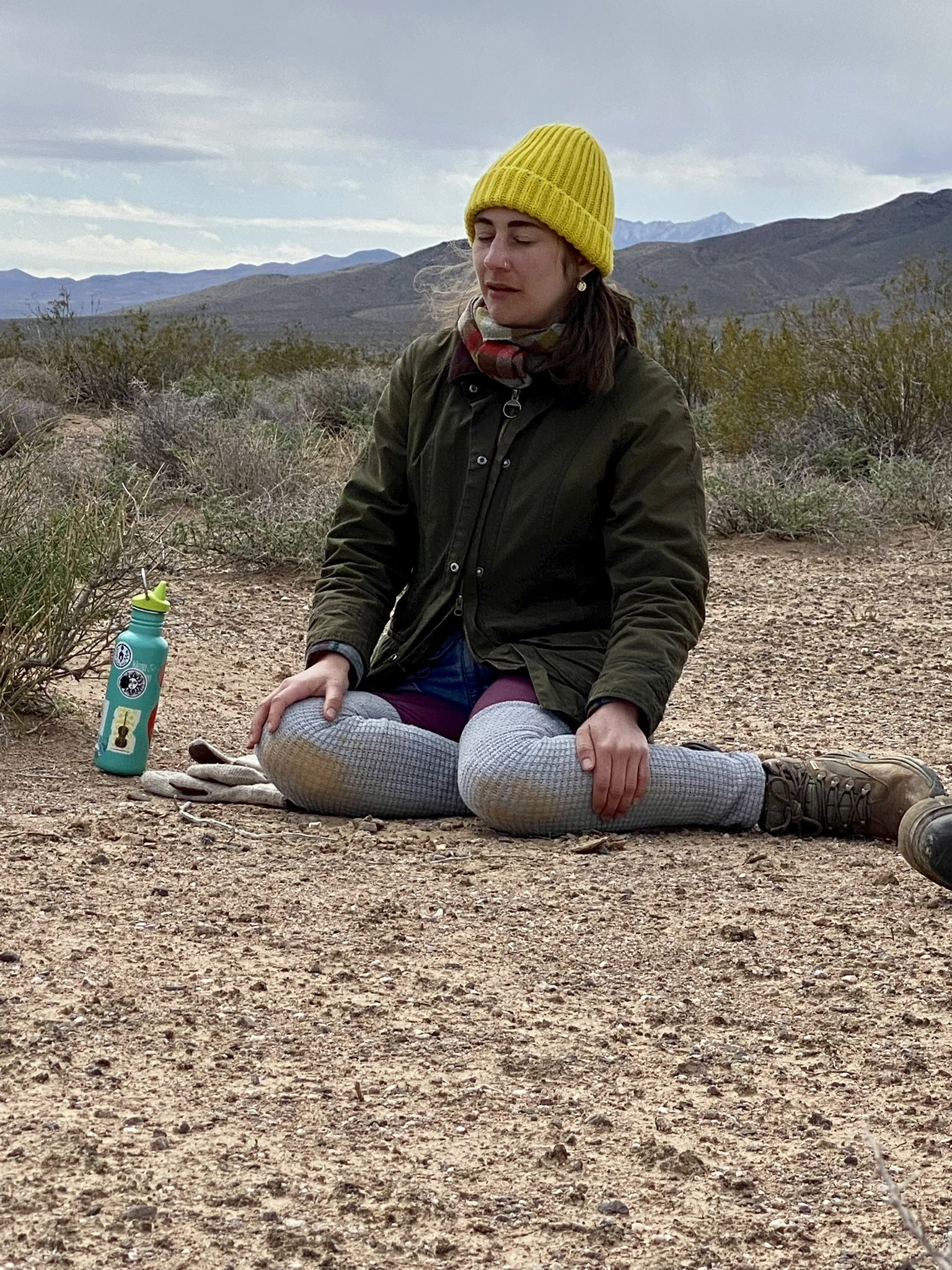Winter Festivus: the wheel of the year,
your way
Welcome, dear ones, to the season after solstice season. My thoughts on that, but first:
Moon Moment
Moon: Last quarter
Next full or new moon: New moon on Jan 11, 6:57 EST.
Astrological season: Mid Capricorn season
How to Celebrate the Wheel of the Year: it's not what you expect
Last winter I took a course on European hearth tending and other winter practices with the inimitable Sister Spinster, and she had us create new names for the months based on our experiences of them. Here’s what I wrote for this month:
January: open and empty.
In writing this name for January, I stopped having fear for the openness, the emptiness, because not a single other month on my calendar could take that name.
It's the only one, I thought, and in recognizing that, January became precious.
Fall is truly done, and the early days of seeds starting to emerge underground have not yet begun. We are in Sacred Pause.
Sister Spinster taught me something else crucial about winter, and it's the thing that has most delighted people when I tell them about my winter practices, so many thanks to her.
She taught me about Winter Festivus.
In the deep, dark months of winter, particularly in the hey day of the western European peerage when lords had power over their tenants and everything the tenants farmed, made, or harvested belonged to the lords (I'll avoid a direct comparison to late stage capitalism for now, but it's there), the season after December was a time of debauchery.
You heard me. Merrymaking. Carousing. Rule breaking.
The delightful reason for this was that it was dark as fuck, and the lords couldn't SEE the tenants poaching their game etc. and had a harder time stopping them from partying and noisemaking when they literally couldn't discern things as well.
Many European villages still practice their culture's version of a winter festivus, and these celebrations largely involve several people dressing up like Spirits of Winter or wintertime monsters, processing with huge clamorous bells through the streets, and visiting each house in the village to receive the libations and food that will satisfy these wintery creatures so they don't visit for the rest of the year - like at harvest time, when they could fuck up the harvest.
A personal favorite festival involves dressing up like the Schnabelperchten, a terrifying Alpine spirit with a long white beak who comes into your home with giant scissors, threatening to cut out the intestines of disobedient children (video below).
Others involve costumes like giant evergreens, and bells the size of pumpkins.
During one class about this, I said to Sister Spinster: "I kind of thought, when I started doing witch work, that winter was for contemplation, incubation, being quiet and thoughtful. And I've felt guilty about wanting to shift away from that, like I'm being a bad witch."
"Those messages largely came in with Christianity," she replied. "They were suppressive tactics to keep people from practicing indigenous practices that pushed back against the spread of Christianity."
This felt obvious as soon as she said it, but that shit is thousands of years deep in there, and I fell for it too.
The lesson I took away from all this mayhem and joy was that celebrating the Wheel of the Year and all its many seasons is a practice that comes from doing what you want. Really think about that: what you want.
Especially at a time when many of our OLD old traditions have been forgotten or are just starting to be remembered, and when many of the more recent Traditions don't feel good anymore, it's a matter of listening to your spirit and your body, and choosing the means of celebration that feel the best to you.

